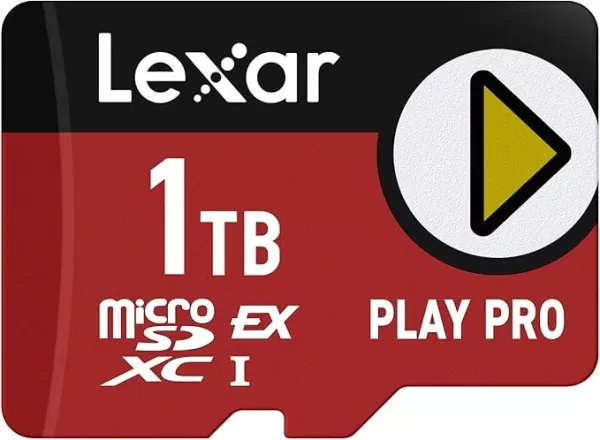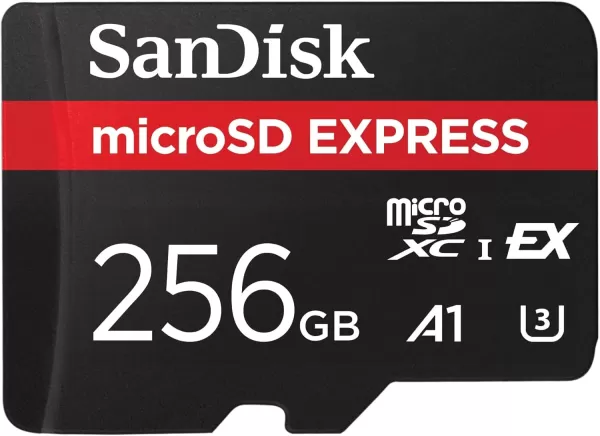Last week, Nintendo unveiled the much-anticipated Nintendo Switch 2, introducing a significant shift in storage options by exclusively supporting MicroSD Express cards. While this change may be inconvenient for gamers with existing collections of standard MicroSD cards, it's a forward-thinking move that aligns with the console's performance goals. MicroSD Express cards offer dramatically faster read/write speeds, closely matching the UFS (Universal Flash Storage) used in the Switch 2's internal storage. This means games stored on these expansion cards can theoretically load just as quickly as those stored internally, enhancing the gaming experience at the expense of compatibility with older, slower MicroSD cards.
MicroSD vs. MicroSD Express
Over the years, MicroSD cards have seen six different speed ratings, starting from a modest 12.5MB/s with the original SD cards, up to the blazing 312MB/s of SD UHS III. However, the introduction of the SD Express standard five years ago marked a significant leap in performance. Unlike previous standards that used the slower UHS-I interface, SD Express leverages a PCIe 3.1 interface, akin to those used in high-speed NVMe SSDs. This allows full-sized SD Express cards to achieve data transfer speeds up to 3,940MB/s. Although MicroSD Express cards don't reach these peak speeds, they still offer impressive performance, reaching up to 985MB/s—three times faster than the fastest non-Express MicroSD cards.
Why Does the Switch 2 Require MicroSD Express?
While Nintendo typically keeps its hardware decision-making process under wraps, the rationale behind mandating MicroSD Express cards for the Switch 2 seems clear: speed. With games installed on both traditional UHS-I MicroSD cards and MicroSD Express cards, the latter significantly outperforms in load times due to the PCIe 3.1 interface. This move not only aligns with the Switch 2's updated internal UFS storage but also sets a precedent for future handheld gaming devices. Early demonstrations suggest that the Switch 2 can reduce load times for games like Breath of the Wild by 35% for fast traveling, as reported by Polygon, and up to 3x for initial loads according to Digital Foundry. These improvements could be attributed to both the faster internal storage and the enhanced CPU and GPU capabilities. By requiring MicroSD Express cards, Nintendo ensures that external storage keeps pace with future game demands, preventing bottlenecks and enhancing overall performance.
Moreover, this requirement paves the way for even faster storage solutions. The current fastest SD card standard, SD 8.0 Specification, allows full-size SD Express cards to reach speeds of 3,942MB/s. While MicroSD Express cards are not yet at this level, future advancements could see them matching these speeds, especially if the Switch 2 is designed to support such high velocities.
AnswerSee Results
MicroSD Express Capacity Options
Although MicroSD Express cards have been slow to gain traction, the launch of the Nintendo Switch 2 is expected to boost their adoption. Currently, options are limited. For instance, Lexar offers a single MicroSD Express card in capacities of 256GB, 512GB, and 1TB, with the 1TB variant priced at $199. SanDisk, another major player, lists only one MicroSD Express card, topping out at 256GB, which matches the internal storage of the Switch 2. As the console hits the market, it's likely that more options will become available, particularly with companies like Samsung entering the fray and expanding the range of capacities beyond the current 512GB limit.
 Lexar Play Pro MicroSD ExpressSee it at Amazon
Lexar Play Pro MicroSD ExpressSee it at Amazon
 SanDisk MicroSD Express 256GBSee it at Amazon
SanDisk MicroSD Express 256GBSee it at Amazon















